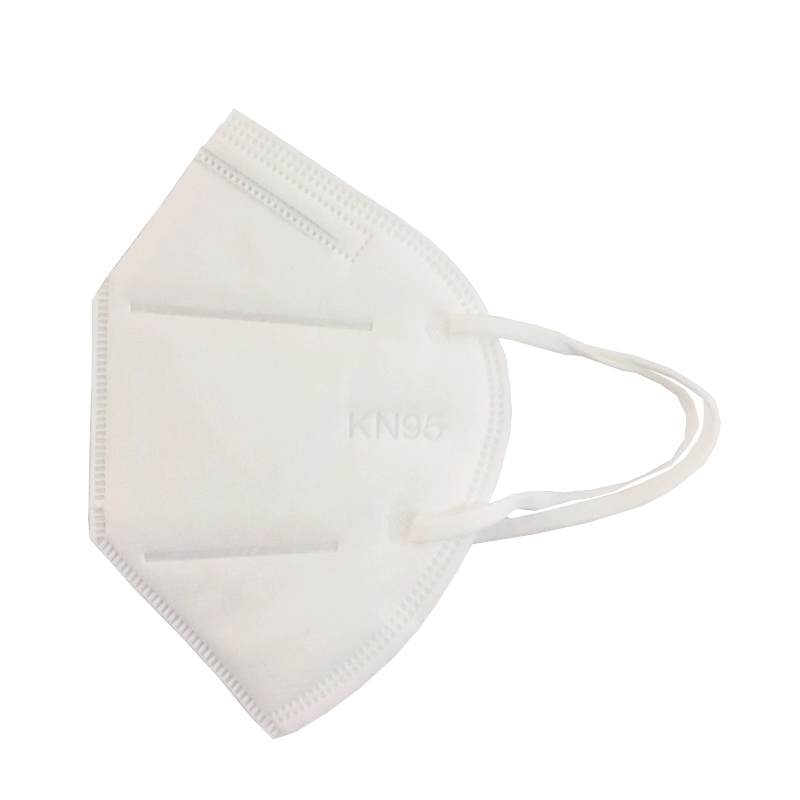How to use FFP2 KN95 masks
2023-11-22
The FFP2 and KN95 masks are both respiratory protective devices that are designed to provide a high level of filtration efficiency against airborne particles, including viruses and bacteria. These masks are commonly used in healthcare settings and are also utilized by the general public during times of respiratory infections. Here's what each term means:
1. FFP2 Mask:
- Standard: FFP2 stands for "Filtering Face Piece 2" and is a European standard for respiratory masks.
- Filtration Efficiency: FFP2 masks are designed to filter at least 94% of airborne particles. They provide a higher level of protection compared to standard surgical masks.
- Fit Testing: FFP2 masks undergo fit testing to ensure a proper seal on the wearer's face, minimizing the risk of leakage around the edges.
2. KN95 Mask:
- Standard: KN95 stands for "Chinese Standard" and is a respiratory protection standard in China.
- Filtration Efficiency: KN95 masks are required to have a filtration efficiency of at least 95%, making them similar in performance to FFP2 masks.
- Fit Testing: Like FFP2 masks, KN95 masks should provide a proper fit and seal on the face.
- Usage: KN95 masks gained prominence during the COVID-19 pandemic and are widely used globally. They are often used as an equivalent to FFP2 masks.
It's important to note that while FFP2 and KN95 masks have similar filtration efficiencies, there may be slight differences in their design and manufacturing standards. When using these masks, it's crucial to ensure that they meet the regulatory requirements and standards of the region where they are used.
When using FFP2 or KN95 masks:
- Proper Fit: Ensure the mask fits snugly on your face, covering the nose, mouth, and chin.
- Avoid Touching the Mask: Handle the mask by the ear loops or straps to avoid contaminating the front of the mask.
- Single-Use or Limited Reuse: Depending on the design and regulatory guidelines, these masks are typically for single-use. If a mask is designed for limited reuse, follow the manufacturer's instructions.
- Dispose Properly: Dispose of the mask according to local regulations. If the mask is intended for reuse, follow proper cleaning and storage procedures.
Always follow the guidelines provided by health authorities and manufacturers when using respiratory protective devices to ensure their effectiveness and your safety.



